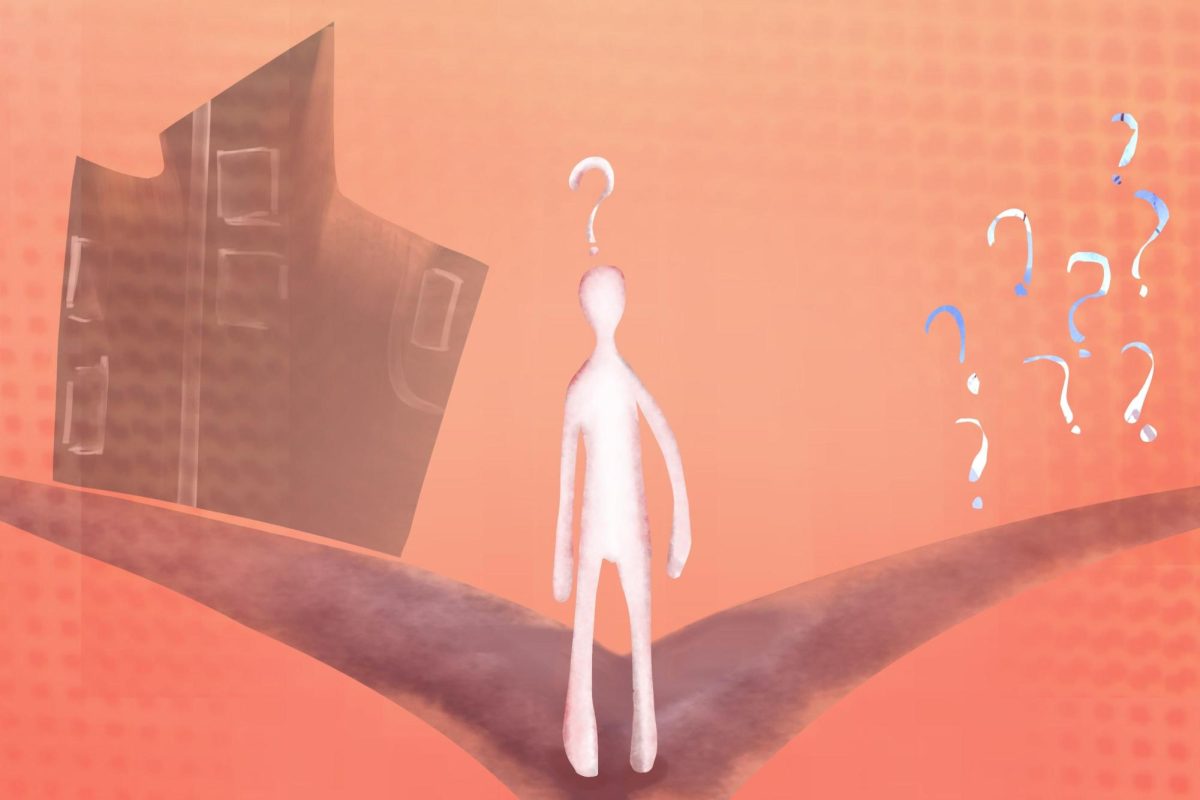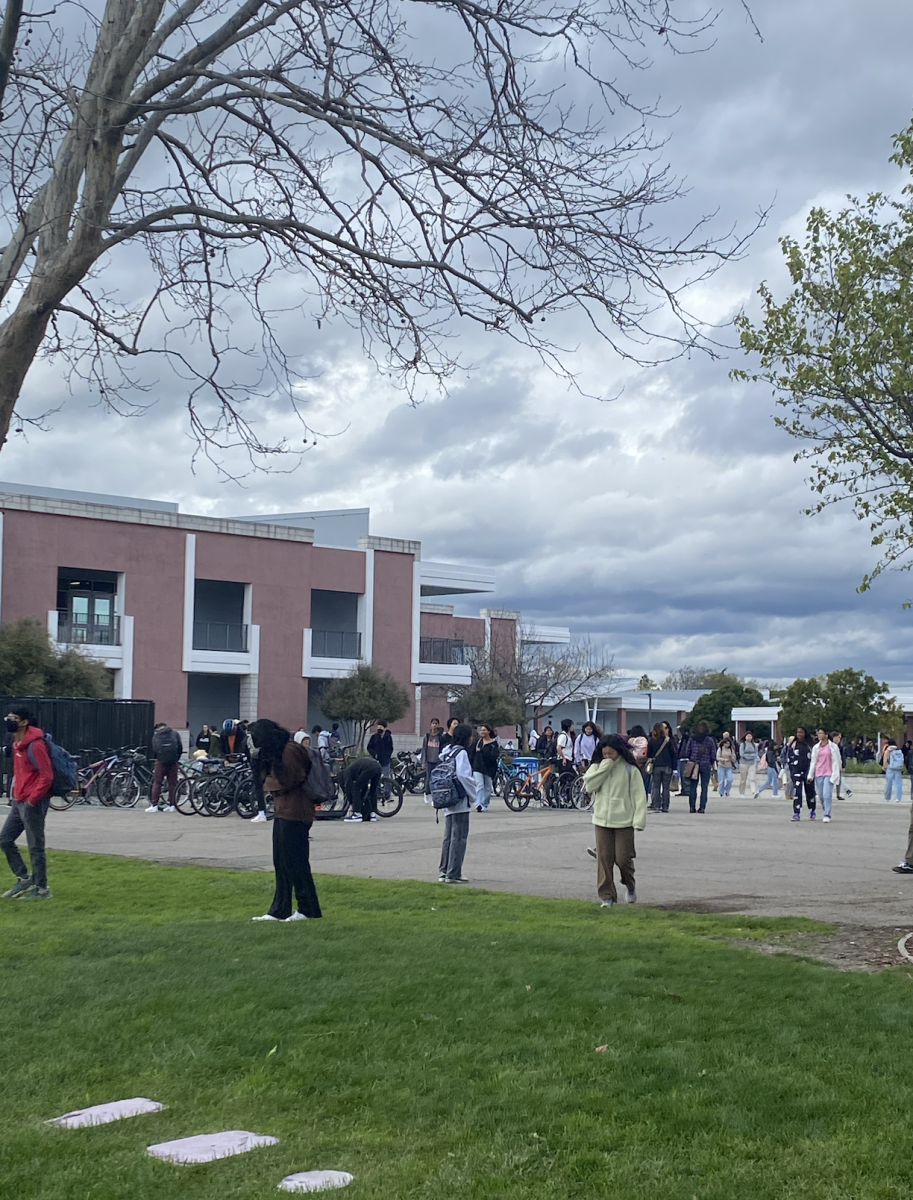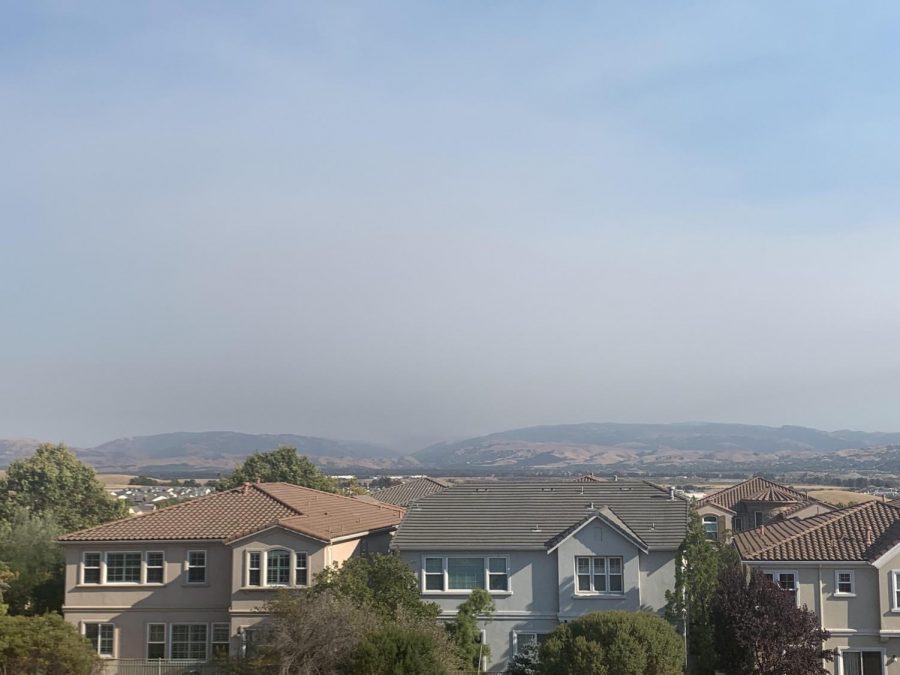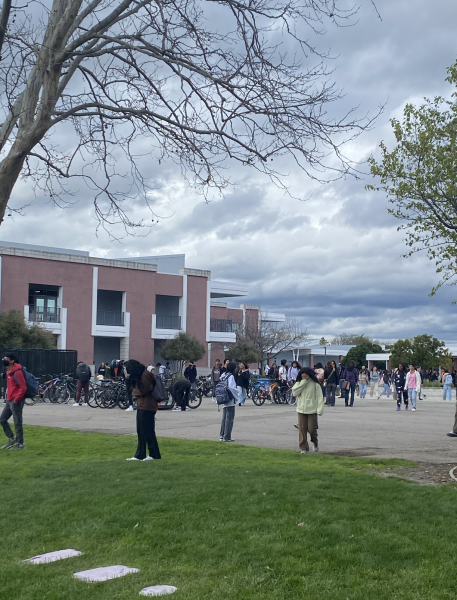The Wildfires May Have Gotten Better, But Can We Say The Same About The Air Quality?
Smoke blankets East Dublin.
Across the last couple of months, wildfires have sent plenty of smoke, ash, and dangerous particulates into this town of ours. However, now that the wildfires have mostly cleared up, the subject of air quality still lingers in the public consciousness. Many people are realizing that the absence of a smoky smell does not necessarily equate to healthy air quality.
Often, as the smoke cleared and the sun yet again shined its light upon us, something was amiss. It didn’t smell like smoke, yet the online air quality monitors kept telling us that the air quality was at dangerous levels. To many, this was counterintuitive – I don’t smell any smoke, so why is the air quality unhealthy?
While the poor air quality could be attributed to leftover smoke particulates too small to be smelled, it was also partially due to a phenomenon that many of us have experienced before: smog.
First, an overview of what smog is. Smog is a combination of the words smoke and fog. Major contributors to smog include car exhausts and fossil-fueled power plant emissions. Many people contribute directly to this when driving. Almost all conventional gas-powered cars emit some smog, as cars need to combust gasoline to generate energy.
It’s very refreshing to take a walk with the crisp autumn air around you, and I’m guilty of taking the very same kinds of walks. However, when walking down a sidewalk by a busy road, air pollution is especially noticeable. As one walks, a small yet noticeable smell of gasoline and smog can, and often does, taint the otherwise perfect autumn air.
This smell of gasoline is what air quality sensors pick up. They can detect small amounts of smog and exhaust. More problematic, however, is when the smog and exhaust starts to build up. This is especially noticeable in large cities, where the excessive traffic can lead to one giant mix of bad air. This effect can also be noticed at crowded areas in town, such as Dublin High School. As a freshman, I have not personally ever faced DHS’s peak traffic hours, but I can only imagine how bad the air can get, especially during cold mornings when many idle their cars to warm the engine, emitting smoke.
While smog may not seem like too big of a problem, remember that just because it doesn’t smell smoky outside, doesn’t mean the air quality is safe. Smog may not be as prevalent in Dublin as it is in larger cities, but as long as there are cars on the road and fossil fuels being burned, there will be atmospheric pollutants. Of course, the air quality will never be 100% safe (nothing ever is after all), but there are steps we can take to reduce pollutant levels.
If everyone were to take an entire gas-guzzling car by themselves to school every morning and back home every evening, smoke and smog would undoubtedly clog our city. While San Francisco and Oakland are nice cities, the one thing that we can all agree on is that the smoke and smog levels, especially during the winter months, leave something to be desired.
Thus, you can now see the causes of smog and the problems that arise from it. Unhealthy air qualities are a big problem, and if we as a city want to keep smog levels from increasing, I encourage some small yet impactful changes to your commutes. If you are able to walk or ride a bike to your destination, do it! If you have to take a car, try to carpool with friends. If you have the luxury of an electric vehicle, try to take that instead of a regular car. If everyone can accomplish these alternative commutes at least some of the time, then the air qualities will undoubtedly improve.
Your donation will support the student journalists of Dublin High School. Your contribution will allow us to purchase equipment and cover our annual website hosting costs.

Jacob Siauw is a junior at DHS. During his freshman year, he wrote a regular column for the Shield. Before stopping during his junior year, he used...






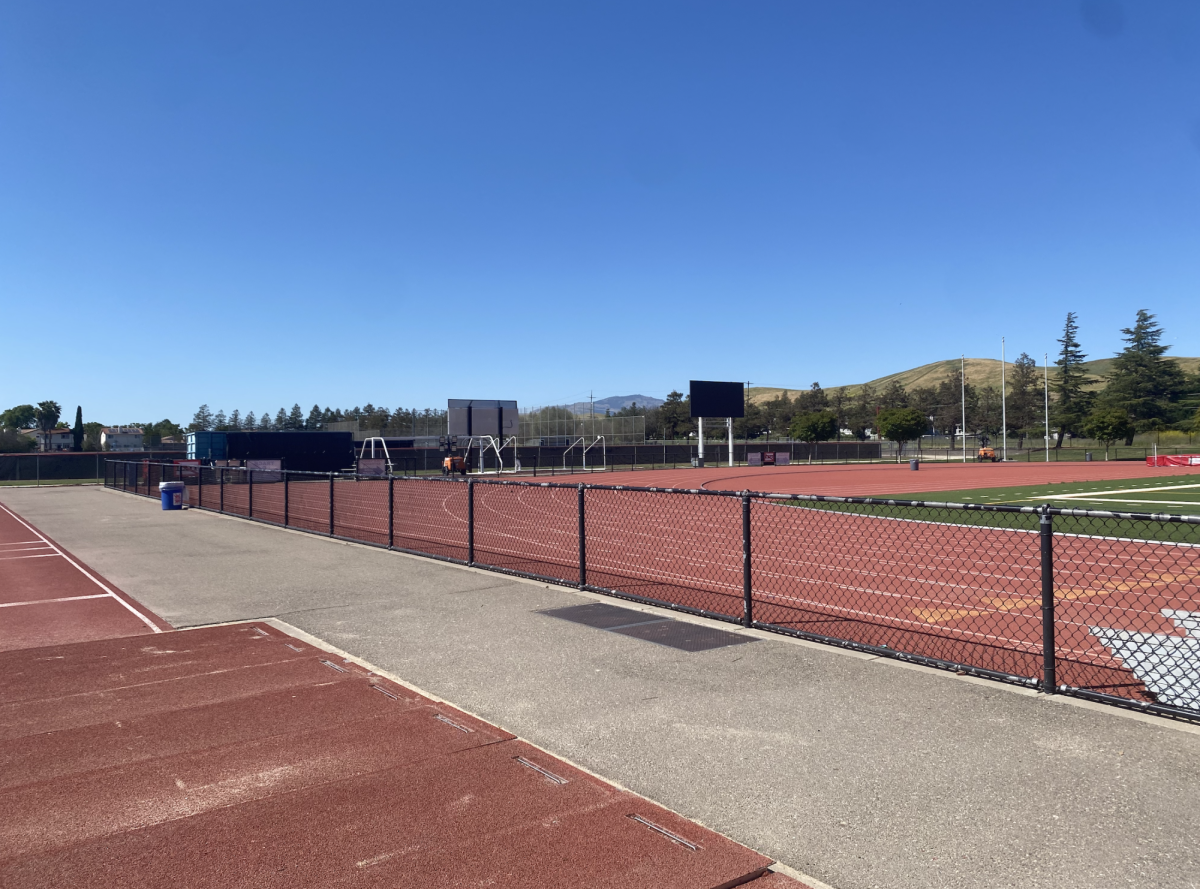


![[Book Review] Weapons of Math Destruction: The insidious danger of Big Data](https://thedublinshield.com/wp-content/uploads/2024/06/wmdsarticle-727x1200.jpg)

